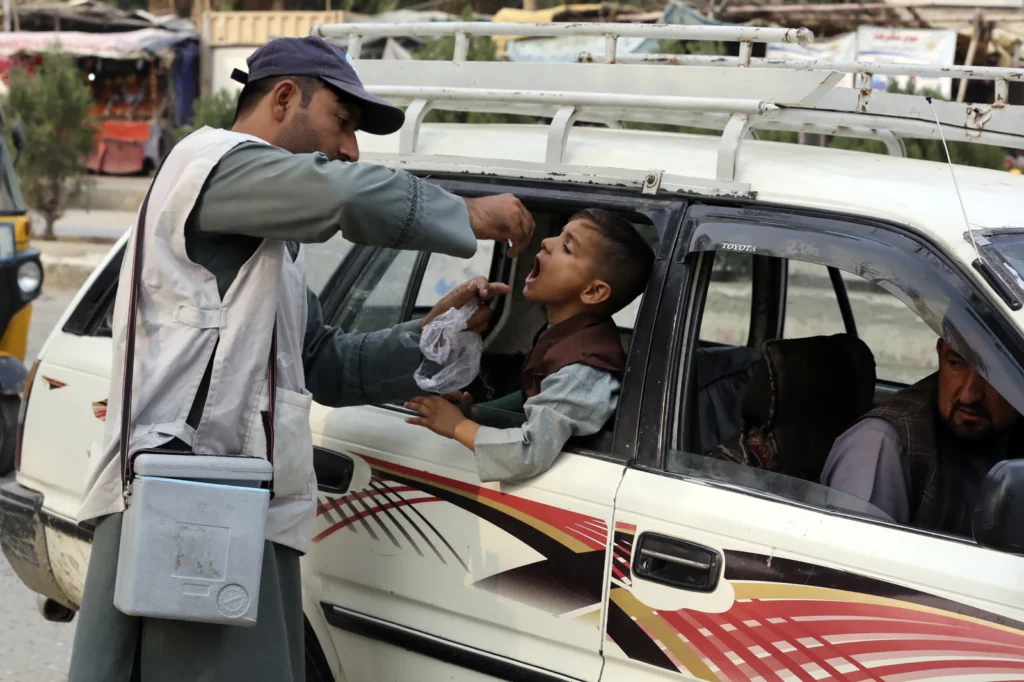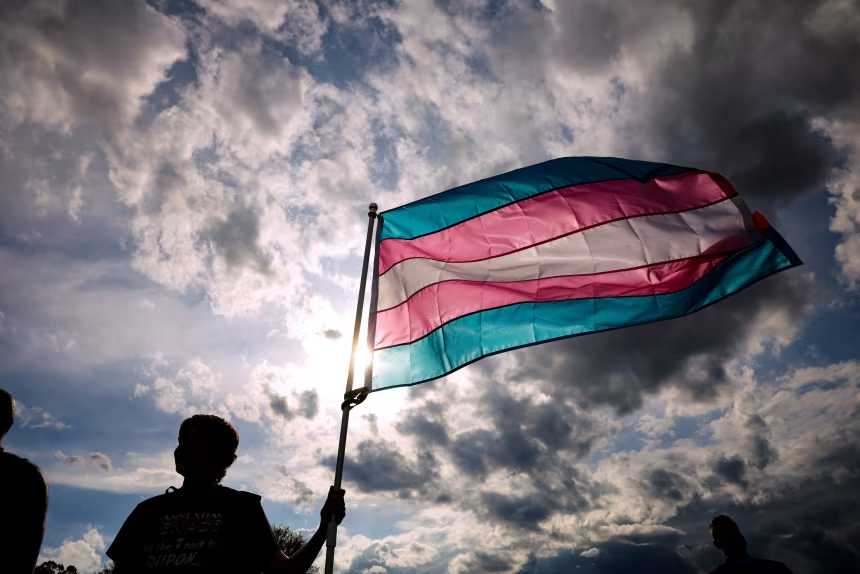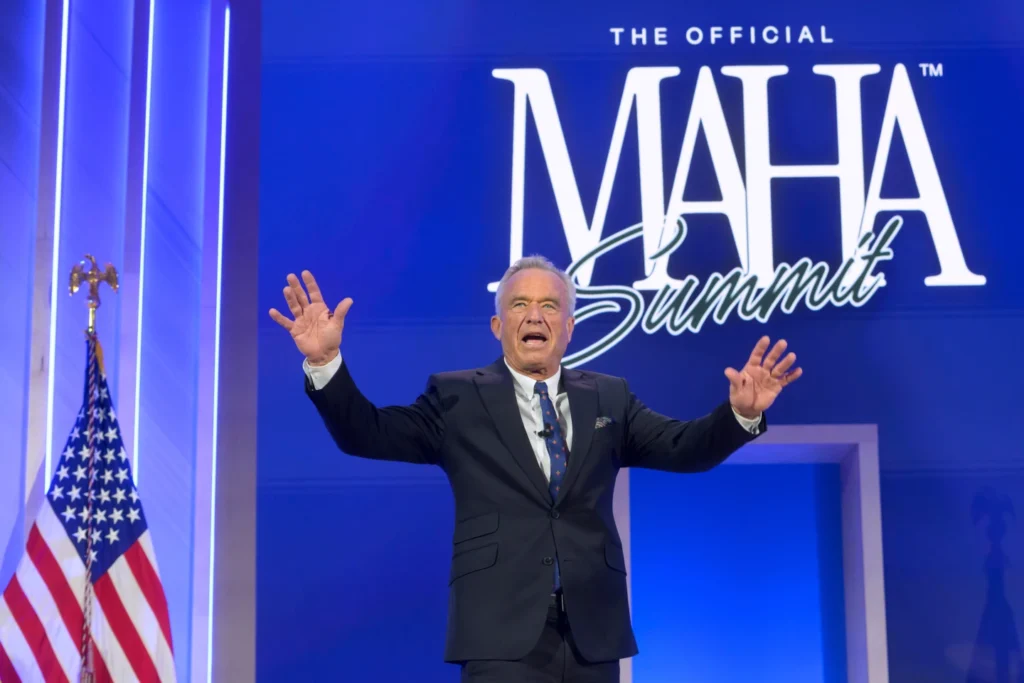Polio eradication failures 2025 reveal global missteps

Polio Eradication Failures 2025: Global Missteps and Misinformation Fuel Resurgence
The fight to end polio once seemed within reach. But today, the polio eradication failures 2025 expose how fake records, vaccine challenges, and ignored warnings have allowed the virus to rebound — particularly in Pakistan and Afghanistan.
In 2021, only five natural polio cases were reported. By 2024, that number surged to 99. After six missed eradication deadlines and over $20 billion spent, the Global Polio Eradication Initiative (GPEI) faces harsh criticism.
Frontline Workers Warned of Issues for Years
Health worker Sughra Ayaz has spent a decade knocking on doors across Pakistan. She has seen vaccine doses go unrefrigerated, fake vaccination records created under pressure, and families refusing vaccines due to misinformation.
“In many places, our work is not done with honesty,” she admitted.
Internal documents reviewed by the Associated Press reveal that warnings from field staff were ignored for years. Reports dating back to 2017 described falsified data, unqualified vaccinators, and entire areas left uncovered.
Cultural Barriers and Safety Risks Complicate Efforts
In regions of Afghanistan and Pakistan, gender roles and conservative norms make door-to-door vaccinations nearly impossible. Workers frequently encounter hostility — and even violence. More than 200 polio workers and their guards have been killed since the 1990s.
Some villagers still believe polio vaccines cause infertility or early puberty. Others refuse the drops out of protest, citing unmet needs like clean water, electricity, and healthcare.
Oral Vaccine: Effective but Problematic
The oral polio vaccine, used in most campaigns, has saved millions. But it carries a rare risk: in under-immunized areas, the live virus it contains can mutate and cause outbreaks.
Scientists estimate that 1 in every 2.7 million first doses causes paralysis. Most of the world’s current polio cases stem from these mutated viruses.
Still, the injectable vaccine — which carries no such risk — is too expensive and logistically difficult for mass use in many regions.
Internal Criticism from Experts and Insiders
Dr. Tom Frieden, former CDC director, and Dr. Zulfiqar Bhutta, a global health expert, say GPEI has resisted adapting. Instead, the initiative clings to a decades-old strategy. Repeated calls for reform have gone unanswered.
“There’s no management,” Frieden said. “No accountability.”
A 2016 WHO decision to remove a vaccine strain without proper safeguards led to outbreaks in 40+ countries. More than 3,000 children were paralyzed. Last year, a baby in Gaza was disabled by the mutated strain.
WHO Defends Its Strategy but Admits Challenges
Dr. Jamal Ahmed, WHO’s polio director, insists that the oral vaccine remains critical. “Almost every country that is polio-free today used it,” he said. He also claims the goal is still achievable by 2029.
However, critics argue the current approach has lost trust. In Karachi, families express confusion over the focus on polio amid more pressing health concerns like tuberculosis and drug addiction.
Mistrust and Mismanagement Undermine Progress
Villagers report being coerced into vaccinations. Some women fear beatings if they allow it without male approval. Others protest what they see as Western overreach.
In 2011, the CIA staged a fake hepatitis vaccine drive to track Osama bin Laden. That operation further eroded public trust in immunization campaigns.
“The only way to rebuild trust is with transparency and change,” said Scott Barrett of Columbia University. He’s calling for a public inquiry into GPEI’s failures.
A Path Forward?
Despite setbacks, health leaders agree that polio can still be eradicated — but only if strategies adapt, local communities are engaged, and vaccine safety concerns are addressed.
The polio eradication failures 2025 show that global ambition must be matched with accountability, trust, and flexible leadership. Without these, one of public health’s greatest goals may remain forever out of reach.
Source: The Economic Times
: 138







